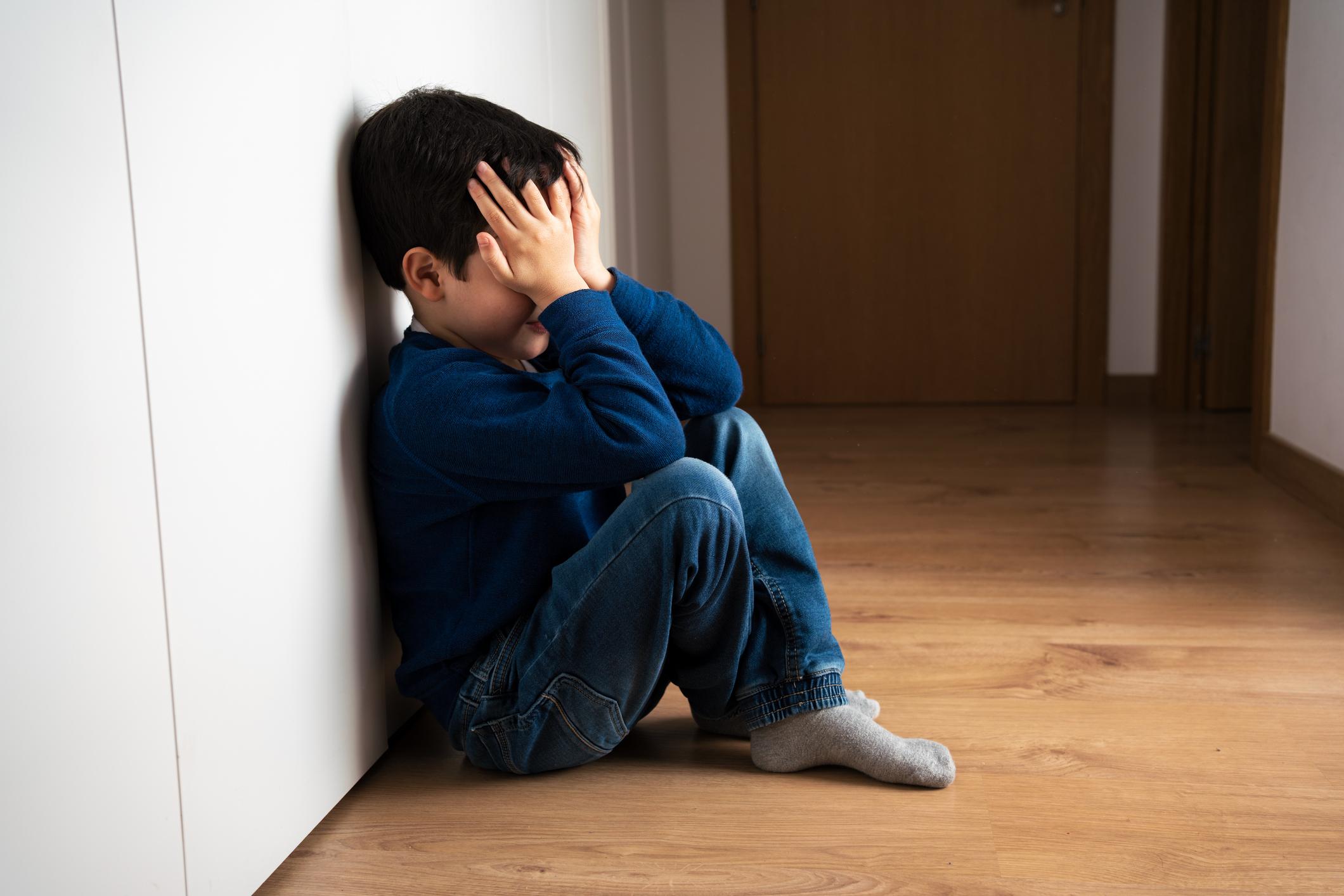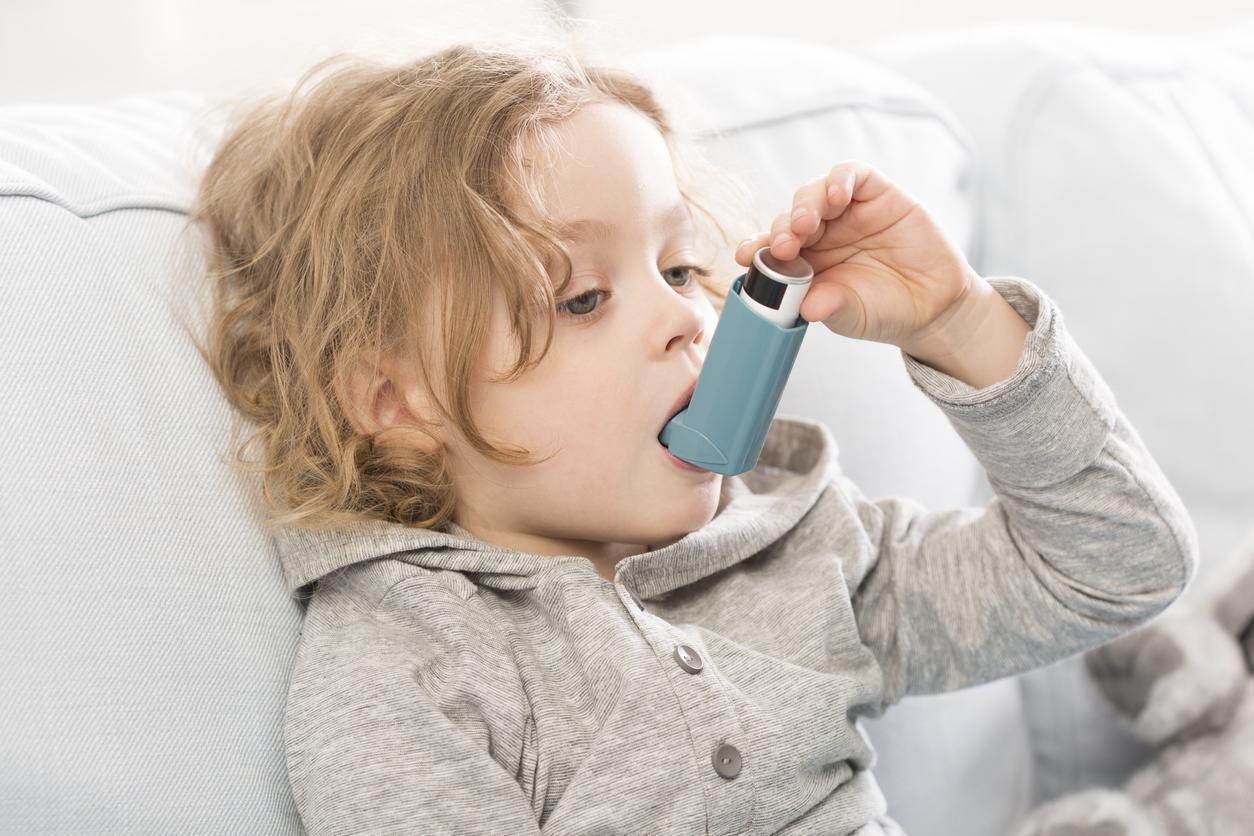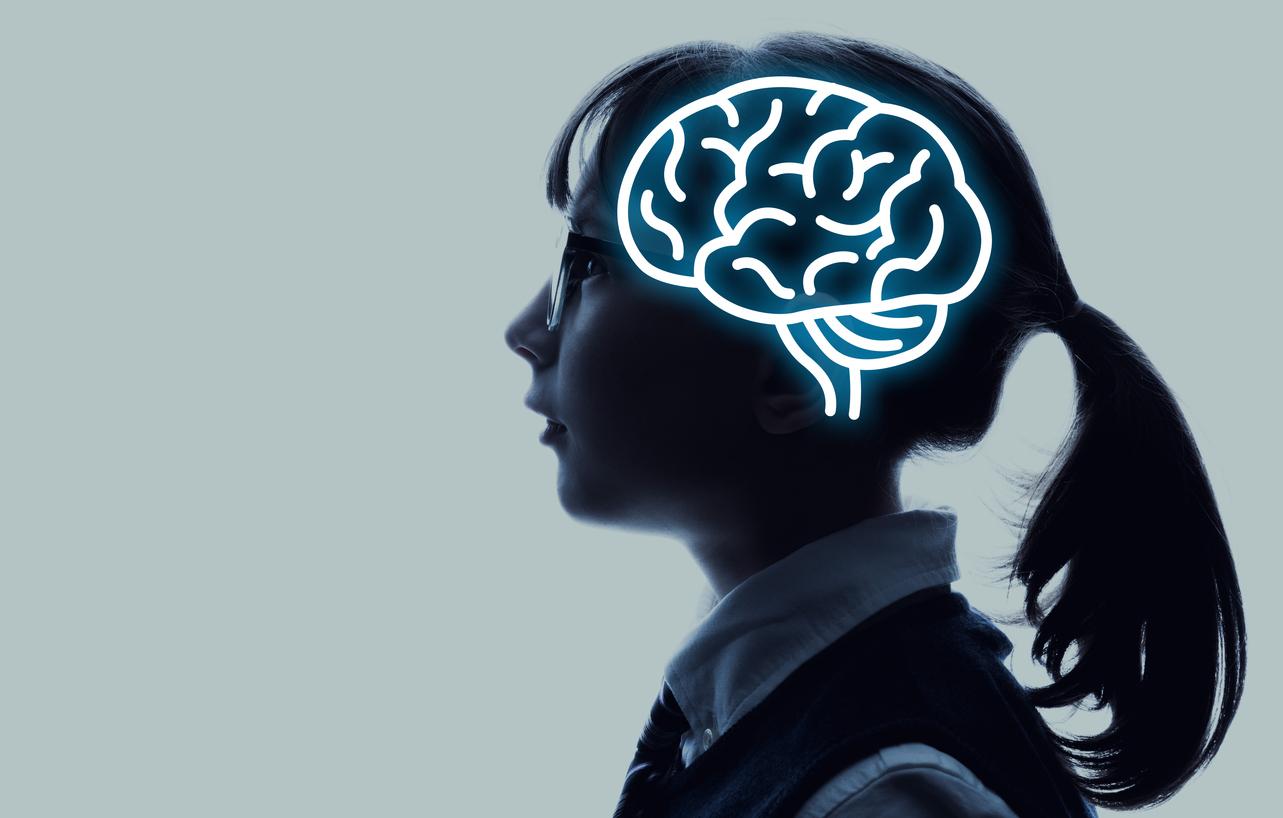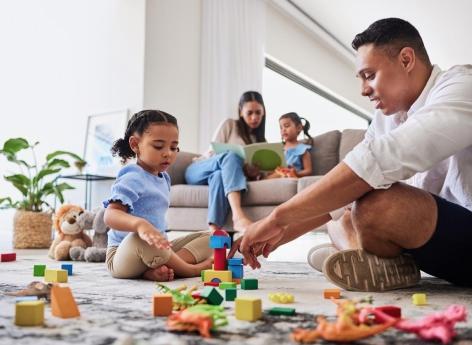Caring for a child living with HIV can raise many questions. Here are some answers.
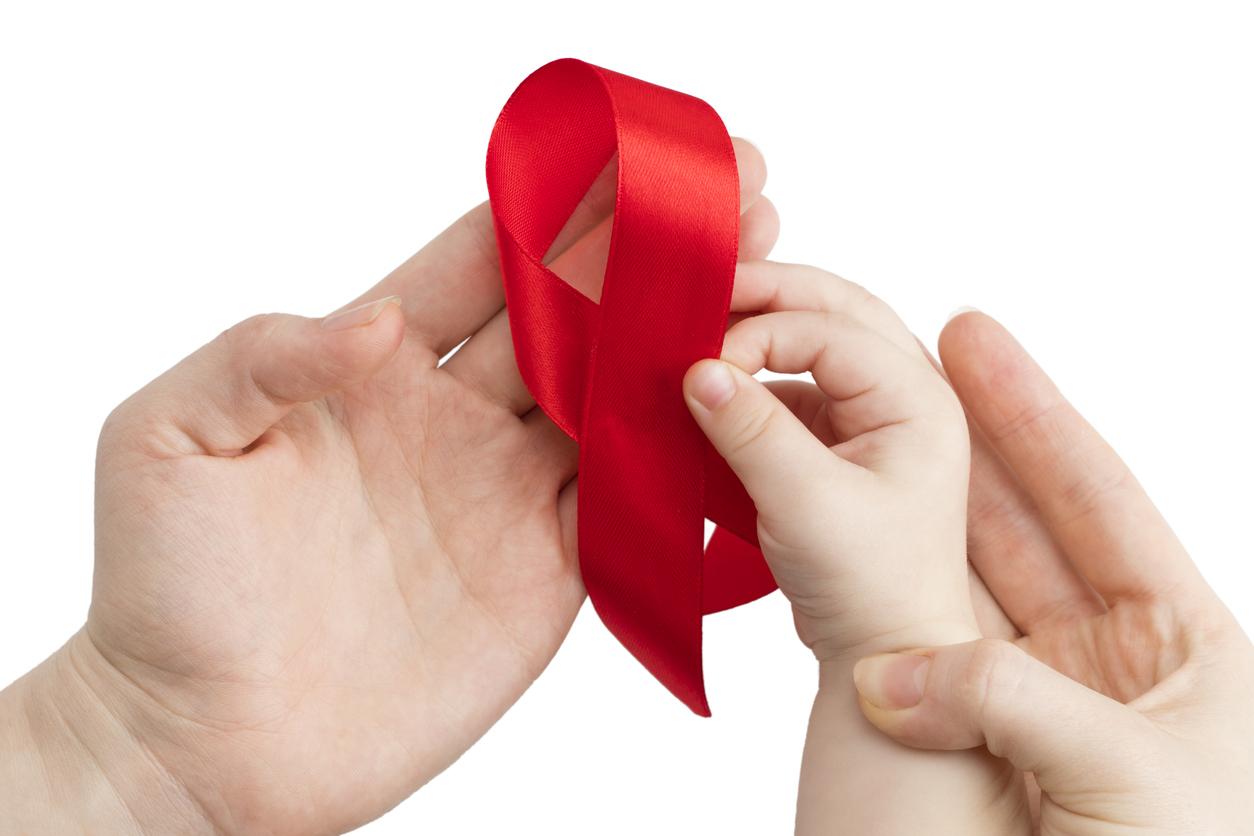
- The HAS has issued a new document concerning the care of children and adolescents with HIV.
- “The family has no legal obligation to inform the school or any community (particularly for sports activities etc.) of the pathology of a child or adolescent living with HIV,” write public health experts, for example.
- Of all people who discovered their HIV status in 2022, less than 1% are children under 15.
The High Authority for Health (HAS) has issued new recommendations and some reminders for families regarding the care of children and adolescents living with HIV. The experts write that:
– it is important for families to discuss with informed and competent people on the subject: doctors, psychologists, nurses, representatives of associations, etc.
– The family has no legal obligation to inform the school or any community (particularly for sports activities etc.) of the pathology of a child or adolescent living with HIV.
– There is no contraindication in principle in terms of professional choice for young people living with HIV.
– When you become an adult, monitoring by an adult doctor must be put in place after consultation between the medical teams.
– The autonomy of the adolescent living with HIV must be prepared and the “transition” adult/child anticipate.
How is HIV transmitted to children?
HIV is a virus that attacks the immune system and can only be transmitted through sexual intercourse, blood and the mother (via pregnancy or breastfeeding).
Usually, there are no visible signs to tell when a person is infected with HIV and whether they are taking their HIV treatment properly. “A treatment taken correctly is a treatment taken every day, without forgetting or stopping, preferably at the same time”, adds the HAS. “The risks of treatment that is not taken properly are worsening of the health condition, transmission of the virus during sexual intercourse without condoms and the development of resistance by the virus to treatments that can make them less effective,” she continues.
HIV in children: what is the incidence in France?
“The diagnosis of HIV infection is often difficult to share with others because of persistent fears, lack of awareness of the progress made in 40 years and the rejection that one can experience,” also indicates the HAS.
Of all people who discovered their HIV status in 2022, less than 1% are children under 15. “Being HIV positive means that you are a carrier of the virus. It does not mean that you have necessarily reached the stage of AIDS, or even that you will one day be there,” finished AIDS Info Service.











